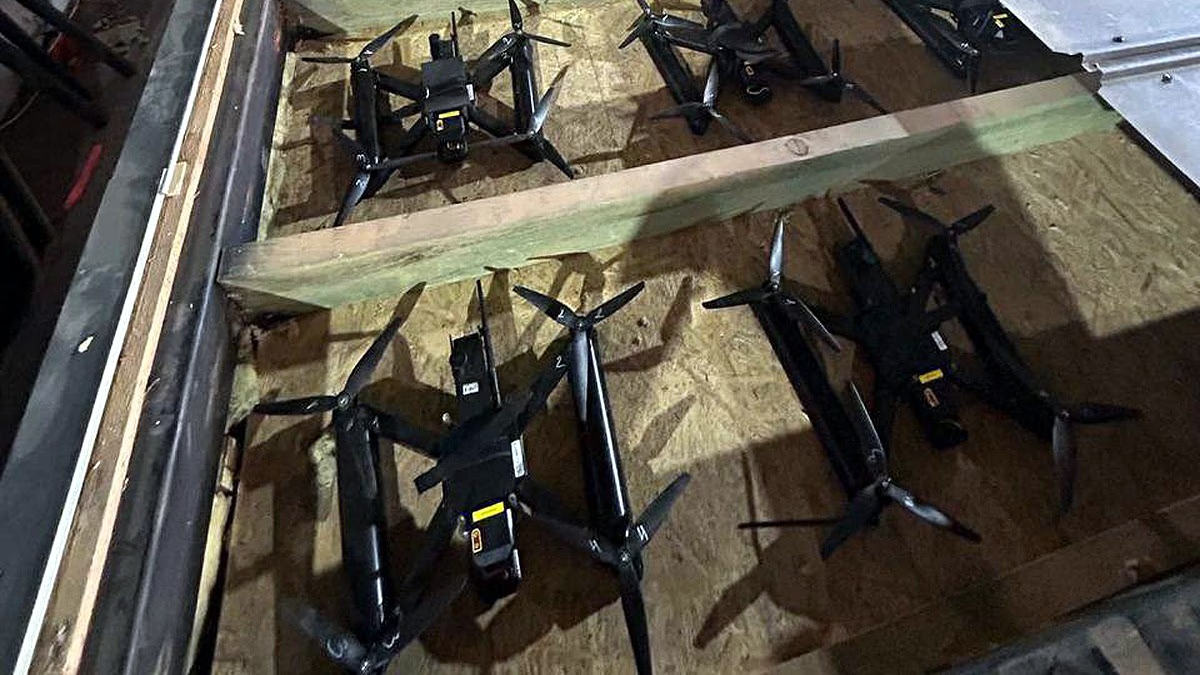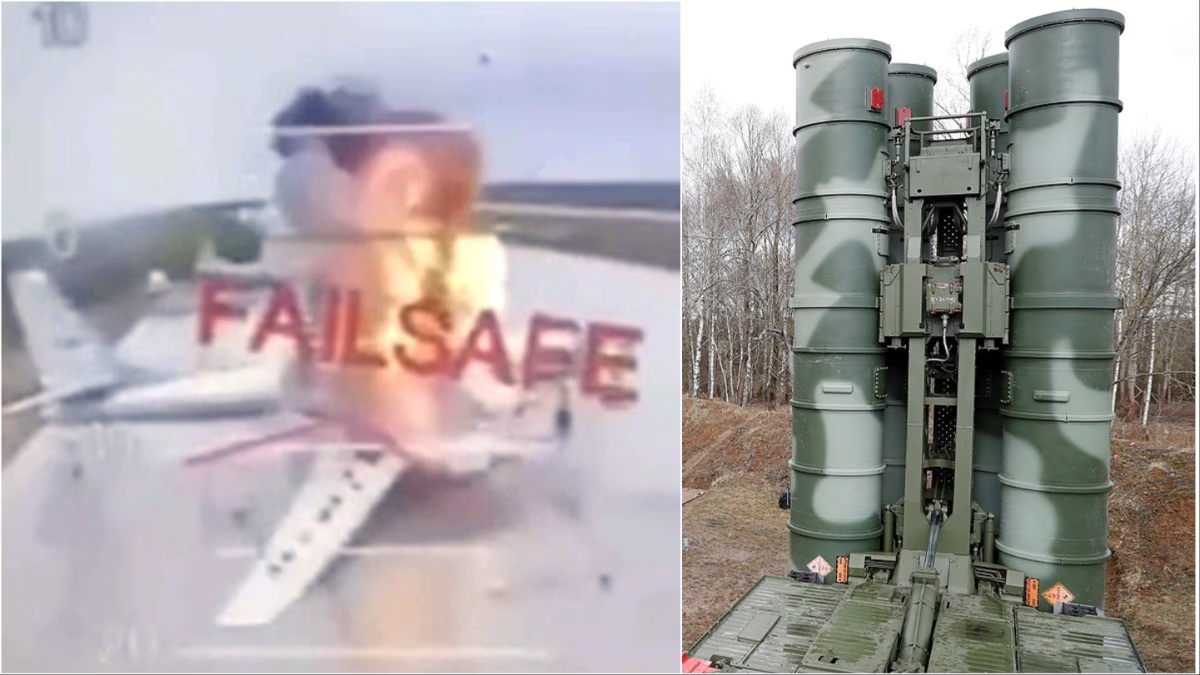On May 28, 2025, a catastrophic natural disaster struck the picturesque village of Blatten, Switzerland, leaving destruction in its wake. A massive section of the Birch Glacier fractured and descended upon the village, resulting in an avalanche of ice, sludge, and rocks. Ninety percent of the village is now entombed in debris, while the remaining homes were submerged by the ensuing flood. Experts suggest that this disaster is a grim reminder of climate change's severe impacts.
What Happened in Blatten?
Blatten is a quaint village located in the Lötschental Valley of Valais, Switzerland, nestled beneath the Bietschhorn Mountain. On May 28, 2025, around 3:30 p.m., an enormous chunk of the Birch Glacier, approximately 1.5 million cubic meters, crumbled and crashed onto the village below.

Source: aajtak
The avalanche buried the village under an overwhelming mix of ice, mud, and rocks. Drone footage and viral videos on social media captured the scene, showing a colossal cloud of dust enveloping the village. Fortunately, 300 residents had already been evacuated on May 19th after scientists warned of the glacier's instability. However, a 64-year-old man is still missing, with search efforts being halted on May 29th due to the unstable debris.

Source: aajtak
The Threat of Flooding and Färden Dam
The landslide obstructed the Lonza River, forming a significant artificial lake. The lake's water level rises by 80 centimeters each hour, causing the few surviving structures to succumb to floods. This prompted evacuations from nearby villages as well.
Valais' security chief, Stéphane Häny, cautioned that further destruction could occur if the debris breaches the Färden Dam. Fortunately, the dam has been emptied to accommodate the added water. The Swiss army has mobilized 50 personnel, equipped with pumps and heavy machinery, to spearhead relief operations.

Source: aajtak
The Impact of Climate Change
Scientists place the blame for this disaster squarely on climate change. Glaciers in Switzerland are rapidly melting, and permafrost — soil that remains frozen year-round — is also thawing. This permafrost functions as a stabilizing




